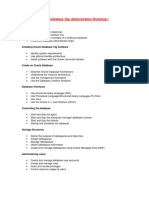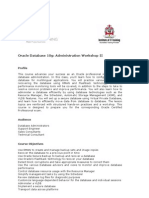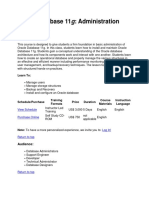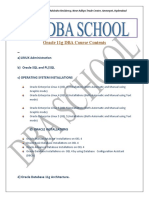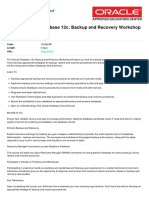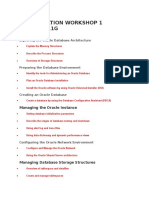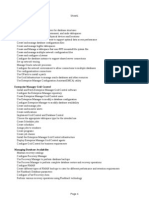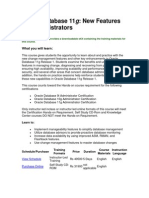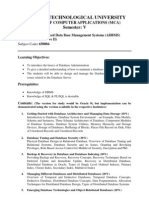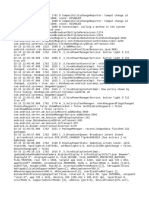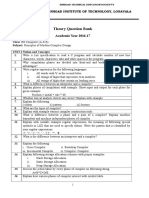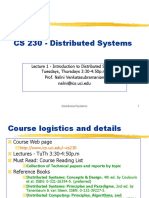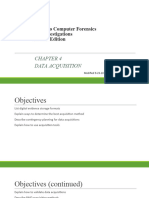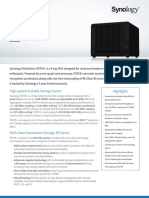0% found this document useful (0 votes)
285 views6 pages12c Dba Web New 3 PDF
This document outlines the course content for an Oracle 12c DBA course. The course covers: [1] exploring Oracle database architecture and components; [2] managing database instances, storage, security, and concurrency; [3] backup and recovery concepts like RMAN and flashback technologies; [4] performance monitoring and tuning with tools like AWR and SQL Tuning Advisor. The course also covers pluggable database architecture, multitenant container databases, and Data Guard.
Uploaded by
Smita Sawant BholeCopyright
© © All Rights Reserved
We take content rights seriously. If you suspect this is your content, claim it here.
Available Formats
Download as PDF, TXT or read online on Scribd
0% found this document useful (0 votes)
285 views6 pages12c Dba Web New 3 PDF
This document outlines the course content for an Oracle 12c DBA course. The course covers: [1] exploring Oracle database architecture and components; [2] managing database instances, storage, security, and concurrency; [3] backup and recovery concepts like RMAN and flashback technologies; [4] performance monitoring and tuning with tools like AWR and SQL Tuning Advisor. The course also covers pluggable database architecture, multitenant container databases, and Data Guard.
Uploaded by
Smita Sawant BholeCopyright
© © All Rights Reserved
We take content rights seriously. If you suspect this is your content, claim it here.
Available Formats
Download as PDF, TXT or read online on Scribd
/ 6



